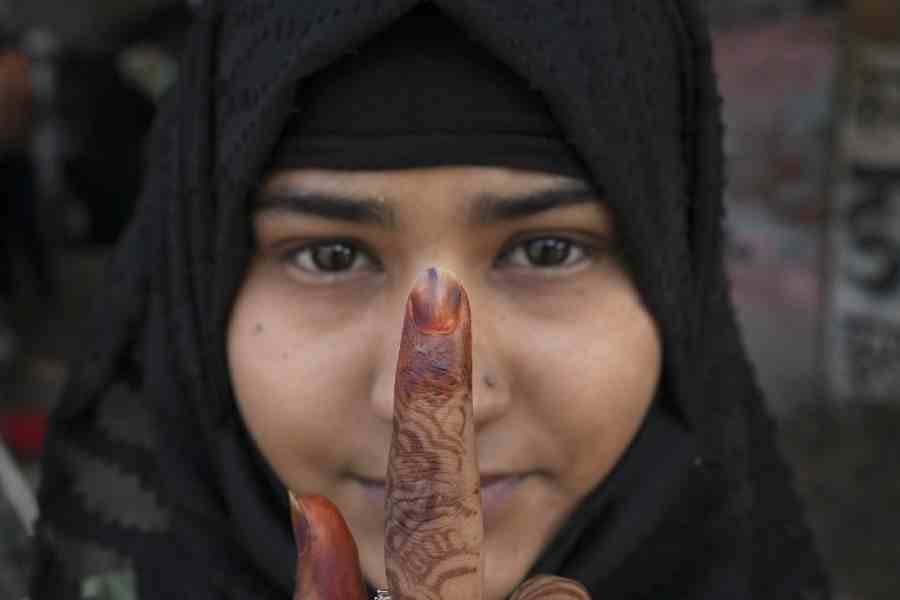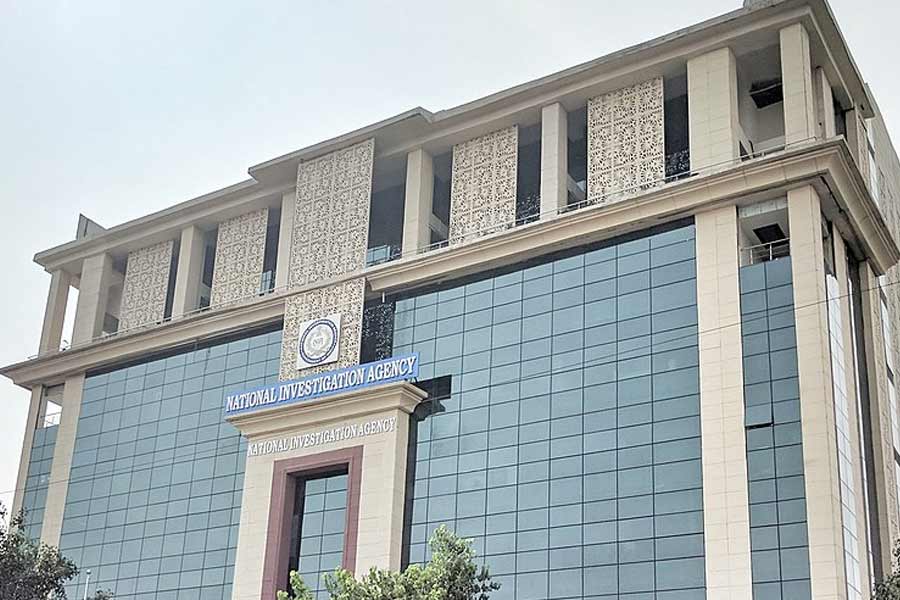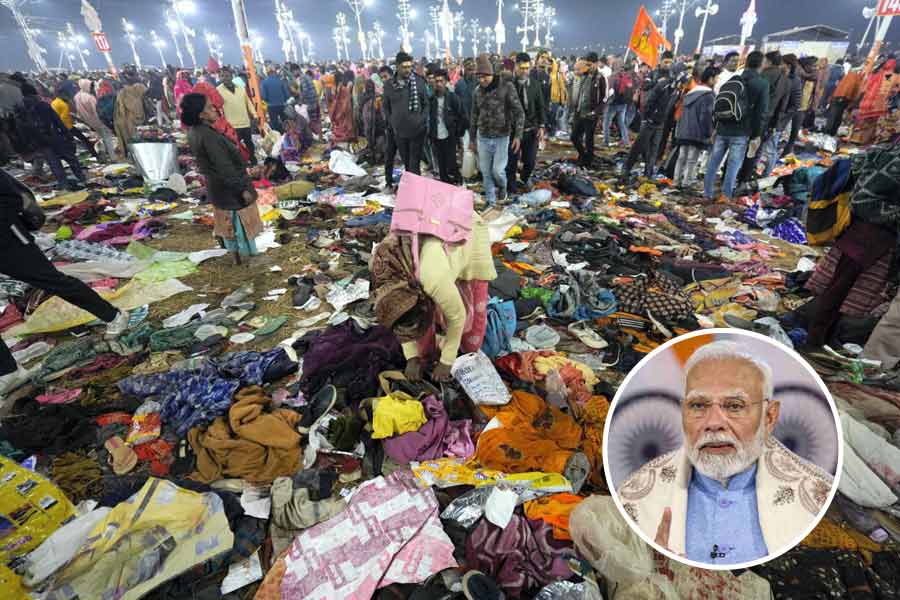A BRIEF HISTORY OF THE PRESENT: MUSLIMS IN NEW INDIA
By Hilal Ahmed
Viking, Rs 599
Hilal Ahmed’s book ventures more into the realm of political commentary than traditional history. Across eight scathing essays, it casts a critical eye on the conceptualisation of Muslim identity as something unidimensional in post-2014 ‘New India’.
Ahmed emphasises the need to recognise the crucial difference between “discourse Muslimness” (“a simple undifferentiated image of a homogeneous Muslim community”) and “substantive Muslimness” (“the multiple ways in which Muslim identity is formed in a variety of regional and local contexts”). He highlights that “the everydayness of Muslims” has never been seriously analysed, either in policy or in scholarship.
The debates surrounding Muslim identity, which hover within a “good Muslim-bad Muslim” matrix, are not merely the product of Hindutva politics, argues Ahmed. They are also crafted by an “election-centric framework” where, at a deeper level, all political parties work on a dual impulse: the allure of a “desirability of the package” meant to attract certain voter blocs and the simultaneous creation of an enemy, an ‘Other,’ who serves as a projected threat. This framework reduces the complex identity of Indian Muslims to a caricature, simplifying the multifaceted reality of nearly 14% of India’s populace into a single, monolithic image.
Ahmed is critical of earlier historiographical attempts, particularly those of the historian, Mushirul Hasan, who sought to present the “secular-progressive Muslim intelligentsia” as the sole embodiment of Indian Muslims. Such representations, Ahmed argues, privilege the perspectives of a few Western-educated ‘progressive’ individuals over the diverse realities of the broader Muslim community — the intricate negotiations of democracy by a heterogeneous array of Muslim communities rooted in caste, class, region, and sub-religious affiliations and shaped by the everyday.
Ahmed insists that the disconnect from the lived reality of Muslims is not merely a scholarly oversight; it has important social implications. Constantly viewed through the lens of politico-cultural narratives, the “present” of Indian Muslims is always overshadowed by a disembodied past. Focusing on disembodied narratives, both quasi-historical accounts and contemporary political discourses, renders Muslim culture and heritage contentious and polarised. Ahmed traces this conceptualisation back to colonial-era formulations, such as Thomas Maurice’s Indian Antiquities (1794), which identified Muslims as agents of cultural desecration, a view that has percolated into today’s WhatsApp-ed narratives masquerading as history.
Another troubling aspect of this ‘New India’, according to Ahmed, is the “emerging Hindu pride” even among liberals like Shashi Tharoor and Pavan K. Varma who aim to counter the dominance of Hindutva by ‘rediscovering’ an ‘authentic’ Hindu past but end up reinforcing the colonial view of Islam as an exclusively destructive force. Both ignore the impact of Sufism and the syncretic traditions of medieval religious movements. Ahmed argues that Tharoor is nearly silent on Sufism while Varma reiterates the colonial notion that Sufism was an Islamic plot to subjugate Hindus with the help of Muslim rulers. With everyone from the far-Right to once-upon-a-time Ghalib biographers and liberal diplomats sharing these essentialist prejudices about a ruler-centric, destructive Muslim history, the marginalisation of ordinary Muslims — both in the long historical past and in the lived present — becomes more pronounced.
Rejecting religious insularity, Ahmed finds direction in the resurgence of what Rajni Kothari once identified as “non-party political formations” working within Indian democracy — in people’s movements for civil liberties and democratic rights — which go beyond a politician’s reductive understanding of the citizen as a voter, consumer, taxpayer, or enemy. In particular, Ahmed highlights Yogendra Yadav’s conceptualisation of “India’s Swadharma as Bharat ka Iman”, which gets rid of the ‘liberal versus Hindutva’ binary as well as the one-dimensionality of Muslim identity, to find hope in a participatory, inclusive citizenry achieving a “believable idea of Just India.”
The book ends with a powerful throwback to M.S. Saathyu’s 1973 film, Garm Hava. In the film’s final scene, Sikandar Mirza, a disillusioned Muslim youth, rejects emigration to Pakistan, opting instead to join a rally demanding “equality and radical pro-people transformation”. In these moments, when the world seems to shrink and prejudices expand to fill the vacuum left behind by rationality and faith in the State to provide social justice, Brief History communicates the hope that Sikandar’s long walk across the dusty pathways of Indian democracy will yield results and that Sikandar is right in choosing his unique path.










